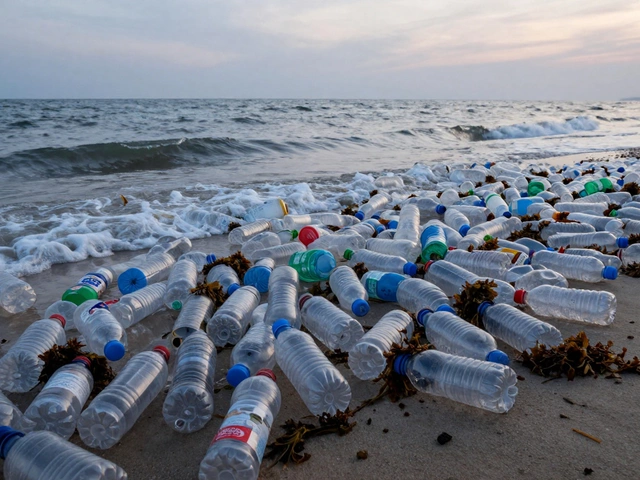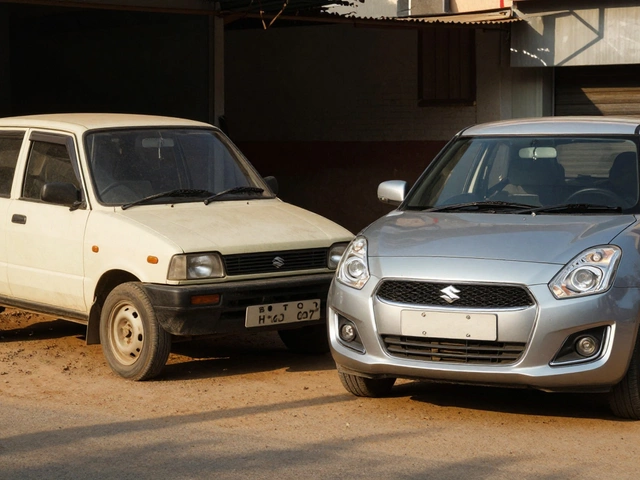Plastic Recycling Codes: What They Mean and How They Affect India's Waste Crisis
When you see that little triangle with a number inside on a bottle or container, you’re looking at a plastic recycling code, a standardized symbol that identifies the type of plastic used in the product. Also known as resin identification codes, these numbers — from 1 to 7 — were never meant to tell you if something is recyclable. They were created to help sort plastics during processing. But in India, where recycling infrastructure is patchy and awareness is low, these codes often mean nothing at all.
Most people assume that if a plastic item has a recycling symbol, it can be turned into something new. That’s not true. Only two types — PET (code 1) and HDPE (code 2) — are reliably collected and processed in India. These are the bottles for water, shampoo, and cleaning liquids. Everything else? Code 3 (PVC), code 6 (PS), code 7 (other) — most of it gets dumped, burned, or ends up in rivers. Even code 5 (PP), used in yogurt cups and bottle caps, rarely makes it to proper recyclers. The truth is, the system was designed for countries with advanced sorting facilities, not for places where waste pickers are the backbone of recycling.
India generates over 26,000 tons of plastic waste every day, and less than 60% of it gets collected. Of that, only a fraction is actually recycled. Why? Because the recycling codes don’t match reality. Factories that make plastic packaging don’t care what code they use — they pick the cheapest material. Municipalities don’t have the equipment to sort beyond codes 1 and 2. And consumers? They’re told to recycle, but no one tells them what’s actually worth recycling. This gap between labeling and capability is why plastic pollution keeps growing, even as people try to do the right thing.
Some brands in India are starting to switch to mono-material packaging — meaning one type of plastic, not a mix — because it’s easier to recycle. But without a national standard for collection and processing, even those efforts stall. Meanwhile, companies like those listed in our posts on top plastic manufacturers generating the most waste keep churning out products that are hard to recycle, while the burden falls on informal waste workers who sort through trash by hand. The real problem isn’t that we don’t recycle enough — it’s that we’re recycling the wrong things, or worse, pretending we are.
Below, you’ll find real posts that break down what’s actually happening with plastic in India — from which manufacturers are making the most waste, to why Toyota’s supply chain still uses non-recyclable plastics, to how food processors and pharma companies contribute to the problem. These aren’t theoretical discussions. They’re about the plastic in your hand, the bottle you threw away, and the system that lets it disappear — until it doesn’t.
What Is the Number 1 Under Plastic Bottles? Understanding Resin Identification Codes
The number 1 under plastic bottles identifies PET plastic, the most common material for water and soda containers. Learn what it means, how it's recycled, and why it matters for the environment.
Read More




